CJA Highlight Article
Mo TAO (陶模), Shaoping WANG (王少萍), Hong CHEN (陈虹), Han PAN (潘汉), Jian SHI (石健), Yuwei ZHANG (张育玮). Information space of sensor networks: Lagrangian, energy-momentum tensor, and applications. Chinese Journal of Aeronautics 2023;36(3):271-284.
Paper Download QR Code:

1
Research Background
In recent years, multi-sensor network technology has developed rapidly and is increasingly applied in various fields. Target detection and tracking are one of the important applications of multi-sensor networks. As technology continues to evolve, the movement patterns of incoming targets have become more diverse and complex, leading to uncertainty in the target motion models. This raises higher requirements for the performance of target detection and tracking in multi-sensor networks. In this context, scientifically and accurately assessing the performance of target detection and tracking in sensor networks has become particularly important.
However, research on the performance evaluation of target detection and tracking in sensor networks is still lacking, and the impact of sensor measurements on target detection and tracking performance is not well understood. There is limited research on how to more reasonably optimize sensor scheduling and deployment, and how to more effectively acquire and utilize measurement information, which lacks systematic theoretical guidance. In many application areas, the performance of target detection and tracking in sensor networks is crucial and requires effective evaluation methods for sensor network performance analysis and evaluation, enabling rational assessments of existing networks or optimization of their designs.
Information geometry theory can deeply explore and understand the structure and characteristics of sensor network systems, providing new ideas for analyzing the performance of target detection and tracking in sensor networks. This paper analyzes sensor networks using information space, treating sensor information as geometric objects, extending the theory and applications of information geometry, and proposing information Lagrangian and information active tensors to characterize the dynamic characteristics and manifold structure of sensor network information space. Based on this, performance analysis and target detection and tracking research for sensor networks are conducted.
2
Main Content
This paper analyzes information systems using the Lagrangian and active tensors, where the Lagrangian function describes the overall state of the information space, helping researchers gain a deeper understanding of the characteristics and behaviors of the information space, while the active tensor reflects the intrinsic properties of the sensor network information space, which are the properties inherent to the information space itself.
This paper starts from the sensor measurement model and constructs the information space of a certain angle sensor network, conducting in-depth research based on this:
1) Deriving the Lagrangian of the sensor network information space  , as shown in Figure 1, the Lagrangian of the angular sensor network changes as shown in Figure 2. It can be seen that the Lagrangian of the angular sensor is symmetric, and it is noteworthy that the position of the sensor is a singular point of the information space.
, as shown in Figure 1, the Lagrangian of the angular sensor network changes as shown in Figure 2. It can be seen that the Lagrangian of the angular sensor is symmetric, and it is noteworthy that the position of the sensor is a singular point of the information space.
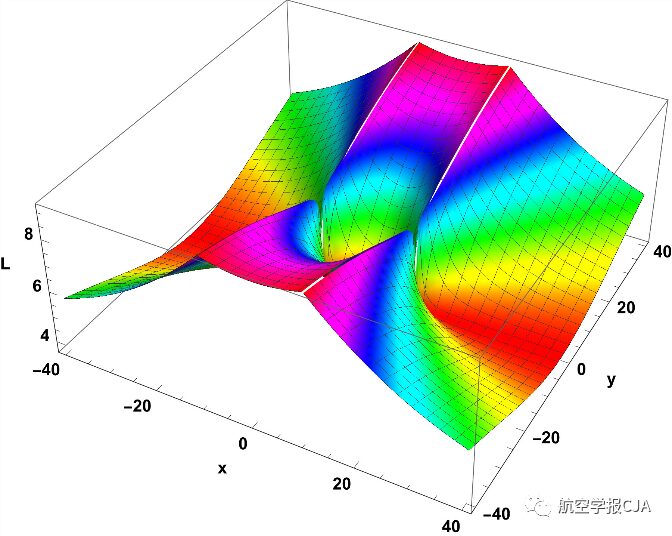
Figure 1 Spatial Position of Angular Sensor Network and Target
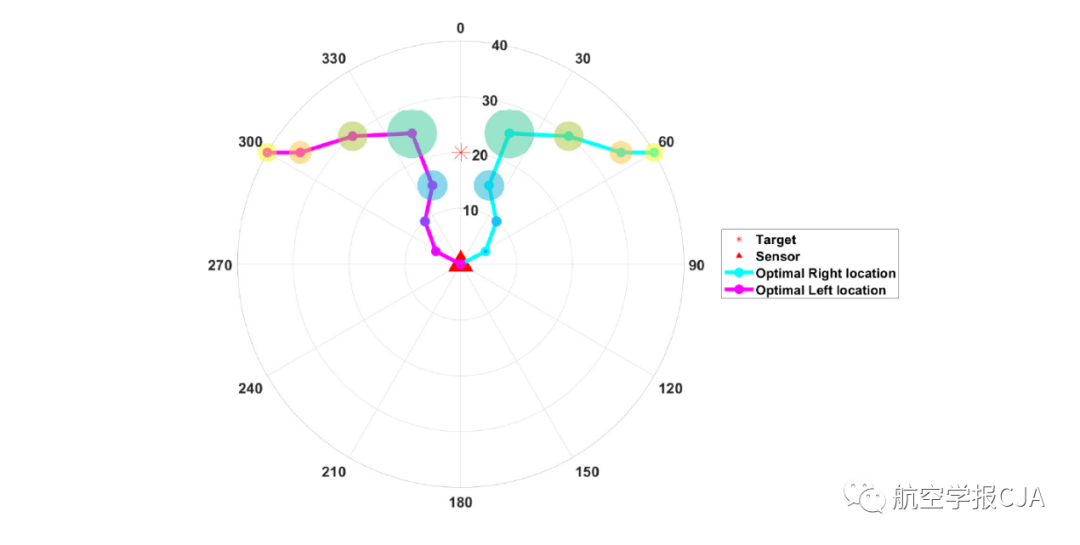
Figure 2 Lagrangian of the Angular Sensor Space
 , and analyzing its properties. Figure 3 illustrates the single-step optimization problem for the maneuver of target detection and tracking sensors. The angular sensor located at the origin O observes the target at point P. To maximize the acquisition of measurement information, the sensor needs to maneuver.
, and analyzing its properties. Figure 3 illustrates the single-step optimization problem for the maneuver of target detection and tracking sensors. The angular sensor located at the origin O observes the target at point P. To maximize the acquisition of measurement information, the sensor needs to maneuver. is different, the accuracy of the two observations for estimating the target state varies. To obtain the maximum amount of information and achieve the highest estimation accuracy, it is necessary to find the optimal maneuvering direction angle
is different, the accuracy of the two observations for estimating the target state varies. To obtain the maximum amount of information and achieve the highest estimation accuracy, it is necessary to find the optimal maneuvering direction angle  . In this paper, this problem is transformed into fixing one sensor and the target position, while optimizing the position of another sensor, allowing the sensor network to obtain the maximum active tensor at the target point. The variation of the active tensor value with the maneuver distance (radius) – angle is shown in Figure 4.
. In this paper, this problem is transformed into fixing one sensor and the target position, while optimizing the position of another sensor, allowing the sensor network to obtain the maximum active tensor at the target point. The variation of the active tensor value with the maneuver distance (radius) – angle is shown in Figure 4.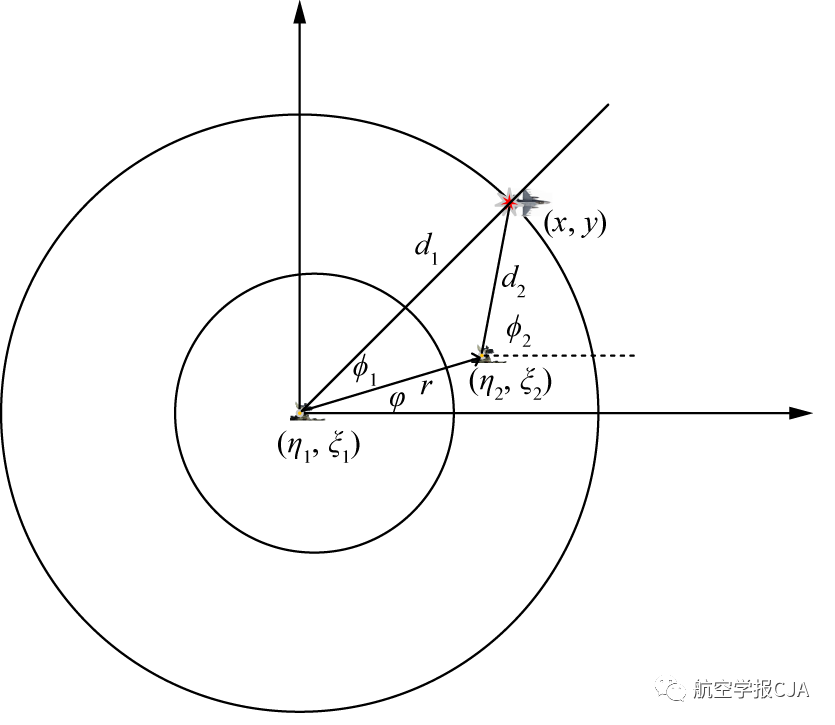
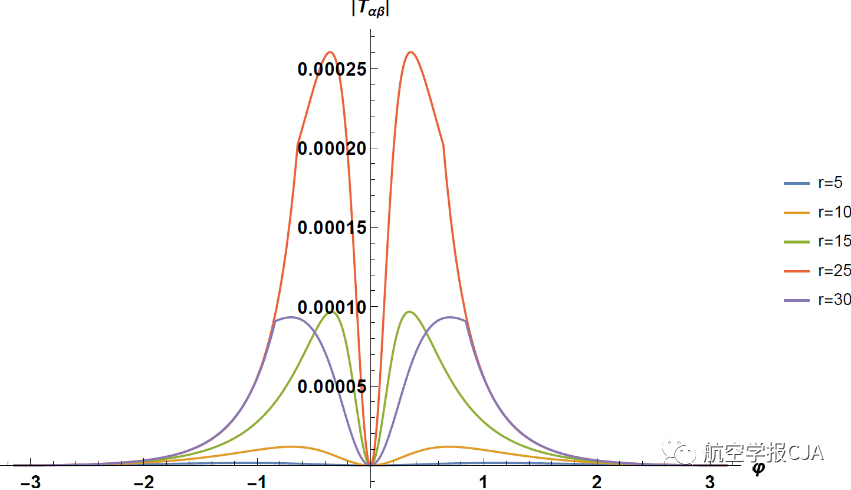

3) Using the active tensor as an evaluation index, a new energy analysis method for information fusion in sensor networks is established, and sensor network information fusion experiments are conducted to verify the application of the proposed active tensor. Figure 5 shows the corresponding motion geometry and active tensor of sensors with seven different radii (r=5,10,15,25,30,35,40 m); Figure 6 shows the information gain obtained by sensors maneuvering at different angles at a given radius. It can be seen that among the seven given radii, when the maneuvering radius is 25 m and the maneuvering angle is ±0.355951 rad, the corresponding active tensor or information increment is the largest. This study provides deep theoretical guidance for performance analysis, measurement, and deployment optimization of sensor networks.
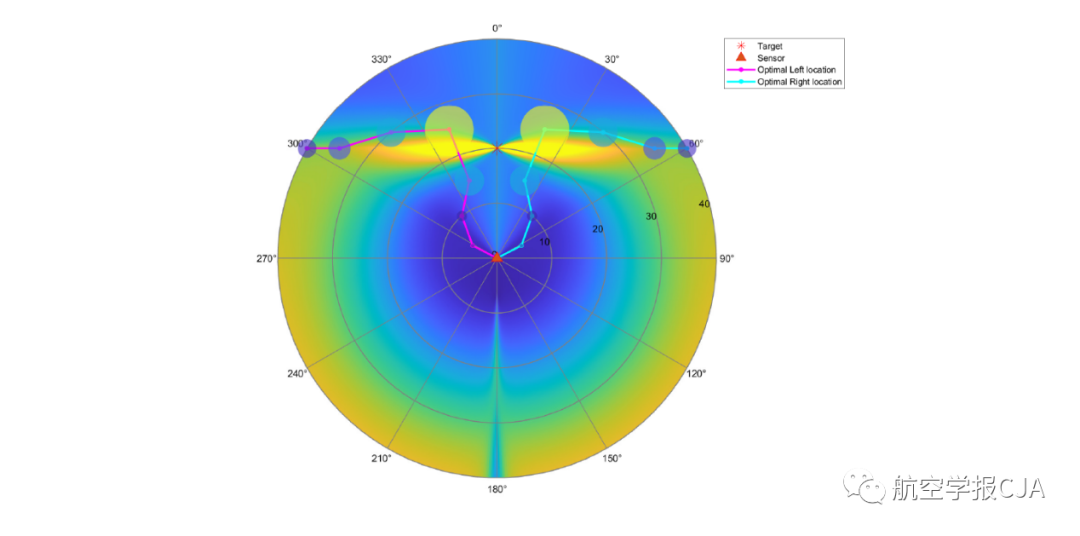
Figure 5 Motion Geometry and Active Tensor of Sensors under Different Maneuvering Radii
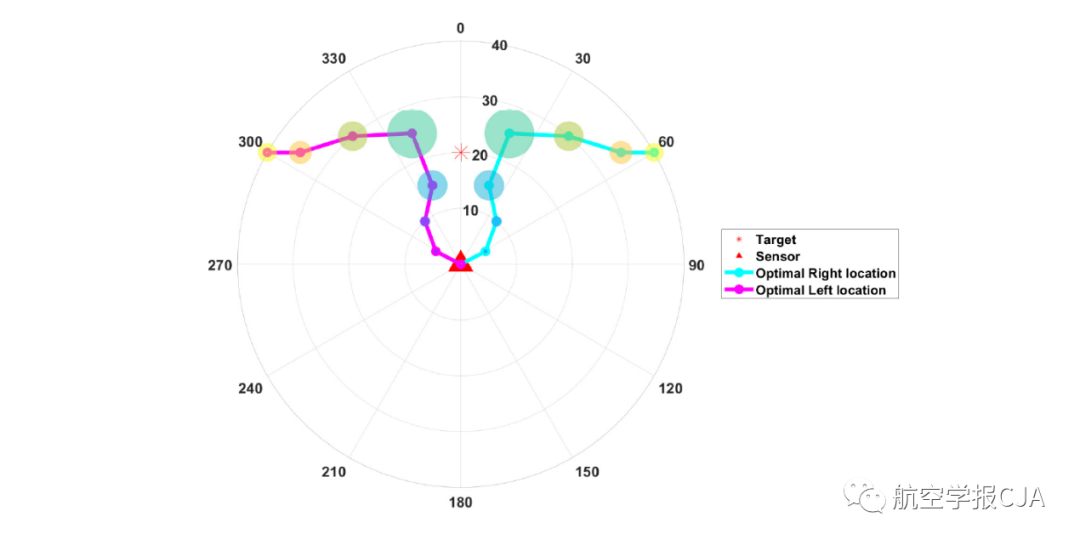
Figure 6 Distribution of Active Tensor in Information Space
3
Insights and Conclusions
This paper studies the information fusion performance issues of sensor networks in information space, proposing a new performance evaluation method for sensor networks. During the research process, the Lagrangian tensor and energy-momentum tensor of the sensor network information space are defined and derived, and their properties are analyzed. Information fusion experiments for sensor networks are conducted. Numerical experimental results demonstrate the effectiveness of the proposed method, providing theoretical guidance for performance analysis, measurement, and site layout optimization of sensor networks.
4
Team Introduction
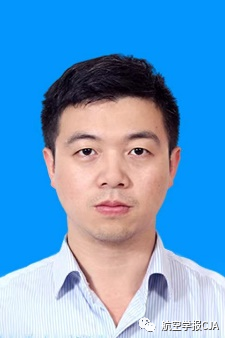

Wang Shaoping (Corresponding Author), Secretary of the Party Committee, Professor, and Doctoral Supervisor at the School of Automation Science and Electrical Engineering, Beihang University. “Changjiang Scholar” Distinguished Professor by the Ministry of Education, recipient of the China Youth Science and Technology Award, one of the first batch of Outstanding Talents of the New Century by the Ministry of Education, Pioneer of the Ministry of Industry and Information Technology, recipient of the “March 8th” Red Flag Medal in Beijing, Excellent Communist Party Member in Beijing, Beijing Women’s Innovation Star, and Excellent Young Backbone Teacher in Beijing. President of the Reliability Branch of the Chinese Operations Research Society, Vice Chairman of the Flight Control Professional Committee of the Chinese Society of Aeronautics and Astronautics, Vice Chairman of the Fluid Transmission and Control Committee of the Chinese Society of Aeronautics and Astronautics, and Vice President of the Capital Female Professors Association. Awarded the Second Prize of National Technological Invention and the Second Prize of National Scientific and Technological Progress, as well as 15 provincial and ministerial scientific and technological progress awards.
Reviewed by: Cai Fei, Fan Zhenzhen